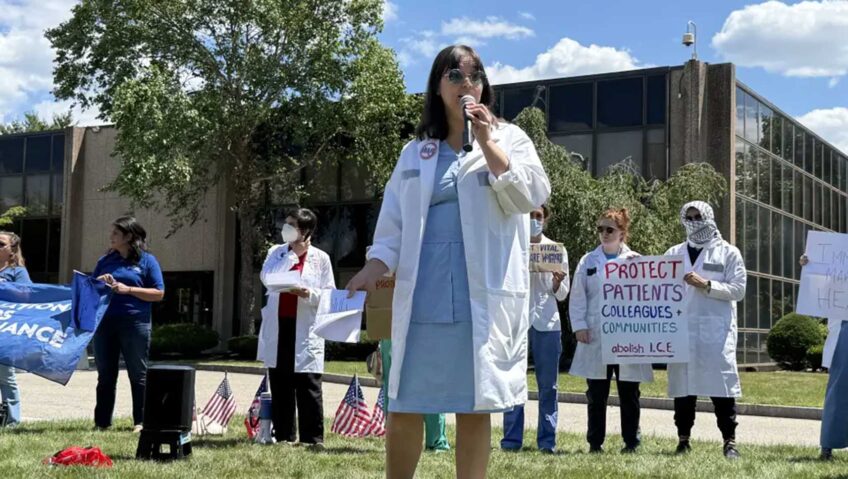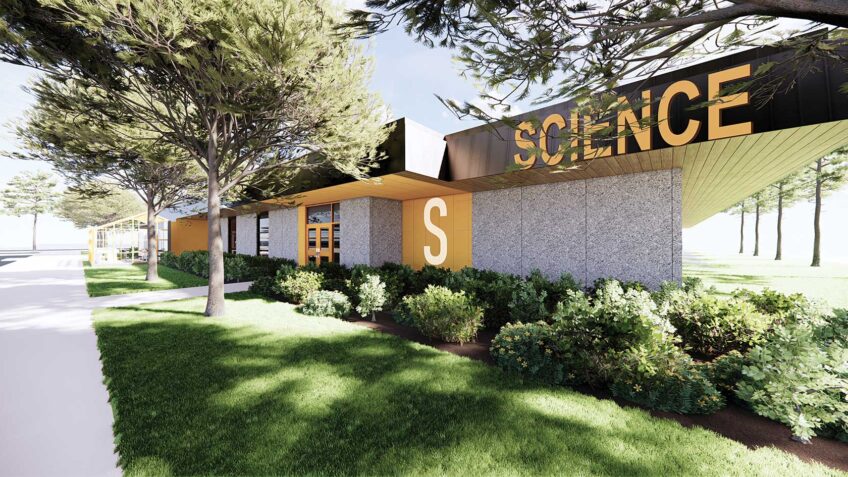Massachusetts State Representative Carvalho files bill to improve Fairmount Line service
State Rep. Evandro Carvalho last week filed legislation that would reduce the wait times on the Fairmount commuter rail line from 40 to 15 minutes during peak hours and allow riders to use Charlie Cards to pay for their fares.
Transit activists have struggled for years to make the Fairmount commuter rail line more accessible to the residents of the Mattapan, Dorchester and Roxbury neighborhoods through which it runs. While they have secured notable successes — including new stops at Four Corners, the South Bay Mall and Mattapan Square — the activists’ goal of transforming Fairmount into a rapid transit line has remained elusive.
Under Carvalho’s bill, the changes would occur during a two-year pilot program that would enable the T to gauge demand for rapid transit service.
“Once the frequency is increased, it will become reliable transportation,” Carvalho said. “People will be able to jump on the line and be at South Station in 20 minutes.”
By the numbers
40 minutes: Current wait time on Fairmount commuter rail line during peak hours
15 minutes: Estimated wait times on Fairmount line during peak hours under proposed legislation filed by state Rep. Evandro Carvalho
6 The current number of cars on Fairmount commuter line trains — designed for longer runs
3 The number of cars on Fairmount commuter line trains under Carvalho’s proposed legislation — designed for rapid acceleration and quick stops
$200 million: The amount committed by Gov. Deval Patrick for special diesel cars — nixed by Gov. Charlie Baker
Shorter, faster trains
Currently the Fairmount Line has standard six-car trains, a setup designed for commuter trains that make longer runs with greater distances between stations. Carvalho’s bill calls for the Fairmount Line to run no more than three passenger cars in each train. The trains would run with locomotives that are geared for more rapid acceleration and outfitted to stop more quickly than standard commuter rail trains.
“The whole purpose is to make the Fairmount Line another line in the MBTA,” he said.
Local transit activists have been calling for the Fairmount Line to be rebranded as the Indigo Line, a new rapid transit route that cuts through the most public transit-dependent neighborhoods in the city. A group of community-based organizations and community development corporations along the route organized the Fairmount Indigo Coalition in 2006 and began pressuring the administration of then-Governor Mitt Romney to improve service.
“This bill is part of the Fairmount Indigo Coalition’s mission,” said Mela Miles, who works with the Greater Four Corners Action Coalition. “This has grown out of the coalition’s work.”
Although former Governor Deval Patrick committed $200 million for the purchase of special diesel multiple units, which are self-powered cars that are designed to run on rapid transit lines, the administration of Governor Charlie Baker nixed the plan last year.
Fairmount Line supporters got a boost in January when Mayor Martin Walsh called for increased business development and jobs along the Fairmount Corridor.
“We’re going to make the Fairmount Line a jobs corridor, with affordable housing, through the heart of our city from Newmarket, to Roxbury, Dorchester, Mattapan, Hyde Park and Readville,” Walsh said in his State of the City address.
Transit activists say increased investment is the only way to increase economic development in the surrounding communities, although some worry about housing displacement.
Frequency
In recent years ridership has been relatively low on the Fairmount Line, due in part, critics say, to the infrequency of service. During peak hours, the trains run every 40 minutes. In off-hours the trains run once an hour. Last year, The Boston Globe highlighted a series of service cancellations that occurred as trains were pulled off the Fairmount line to replace disabled trains on other lines.
Bush said Carvalho’s bill, which calls for the trains to be outfitted with Indigo Line markings, would help ensure higher public confidence.
“Once you re-brand it, you have to let people know it’s a new line,” she said. “The trains would be dedicated to the line and could not be transferred to other lines in the system.”







